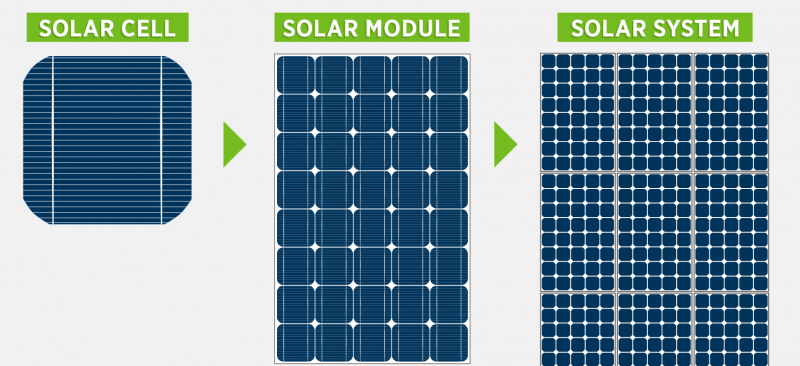A photovoltaic cell, often referred to as a solar cell, is a device designed to convert sunlight into electrical energy. It is the fundamental building block of solar panels and plays a pivotal role in harnessing solar energy for various applications. The word “photovoltaic” originates from two terms: “photo,” meaning light, and “voltaic,” relating to electricity. Essentially, photovoltaic cells achieve the transformation of light energy into electricity.
The basic principle behind photovoltaic cells relies on the photoelectric effect. When sunlight, composed of tiny packets of energy called photons, strikes the surface of a photovoltaic cell, it can excite electrons within the cell’s semiconductor material. This excitation generates an electric current, as the displaced electrons flow through the cell, creating an electric potential difference. This direct current (DC) electricity can then be used to power various devices or stored in batteries for later use.
Silicon is the most commonly used material in photovoltaic cells, as it exhibits excellent semiconducting properties. There are two main types of photovoltaic cells: monocrystalline and polycrystalline, each with its own advantages and efficiency levels.
As concerns about climate change and the need for renewable energy sources continue to grow, photovoltaic cells have gained prominence as a clean and sustainable energy solution. They are widely employed in residential, commercial, and industrial settings to generate electricity from sunlight. The continued advancements in photovoltaic technology hold the promise of increasingly efficient and cost-effective solar power generation, further reducing our reliance on fossil fuels and contributing to a more sustainable energy future.

